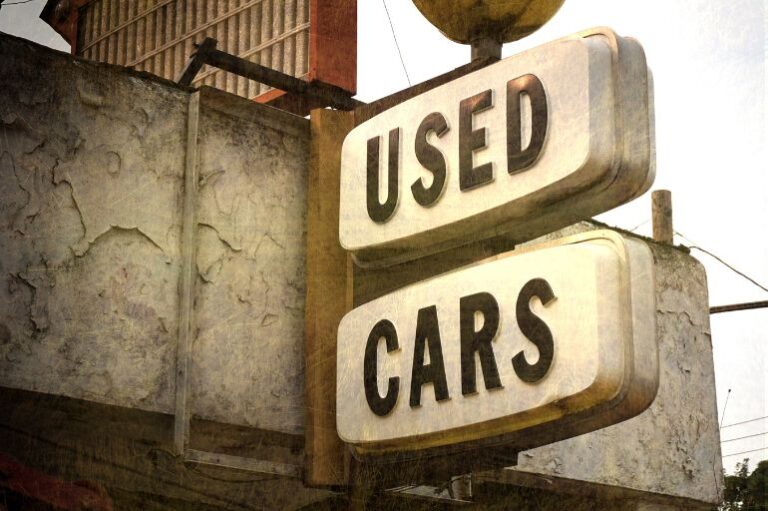According to Datium Insights, seasonally adjusted used-vehicle prices in Australia have increased for the second quarter in a row. In May, they were 2.17% higher than in April and 2.7% higher than at the beginning of the year.
However, while the recent strength in the Australian used-vehicle prices can be attributed to a resilient consumer economy, price gains are not expected to last for long as tighter monetary policy starts to have the desired cooling effect on the economy.
Although the price increase coincides with the new-vehicle sales having hit their highest May level on record, the Federal Chamber of Automotive Industries (FCAI) noted that a significant portion of the vehicles delivered in the current month can be attributed to orders placed in 2022 that were only delivered in 2023 as supply-chain disruptions eased.
So, although vehicle demand has remained robust, it is not the sole motive for the strong new-vehicle sales figures. These mainly reflect the easing in supply-chain restrictions.
Although global vehicle production has not returned to pre-pandemic levels in Europe and Asia, there has been a decent improvement. For instance, vehicle production in Japan has increased 22.8% since last year but remains 21% below 2019 levels.
An additional lift to global new-vehicle supplies over 2023 is expected to come from China’s swift abandonment of its zero-COVID policy. March’s Chinese automotive production was already 15.3% higher than one year prior. With more new vehicles expected to become available in the market, new supply will relieve some pressure in the used-vehicle market.
But it is not only an increase in supply that points to price declines going forward. Until now, demand has been supporting strength in used-vehicle prices. Australian consumers are being resilient to the interest rate hikes, with household consumption still upbeat and with the unemployment rate hovering around its lowest level on record. However, the first signs of a slowdown from interest rate hikes are becoming apparent. Although still at a slow pace, unemployment is rising and firms are cutting back hiring plans. At the same time, May consumer confidence numbers were some of the lowest readings since the start of the pandemic.
Adding to this, the Reserve Bank of Australia has tightened its monetary policy rate again during its June meeting. The cash rate went up 25 basis points, reaching 4.1%—its highest level in more than 11 years and 400 basis points higher than in April 2022. We expect the RBA will keep rates steady through the remainder of the year. By early 2024, a series of rate cuts will be needed to support the economy.
Balancing the supply side with the demand side, Moody’s Analytics projects that used-vehicle prices will fall through 2023 as the supply of vehicles increases and demand slows. Prices are expected to fall 12% in 2023 and a further 7.6% in 2024 before stabilising in 2025.
Nevertheless, the risks to our forecast are weighted toward the downside. If global economic malaise causes the Aussie economy to perform worse than expected, drastic declines in demand will push prices down further and faster than expected. On the other hand, the risk has increased that demand may not cool as quickly as expected, keeping used-vehicle prices higher for longer. The rate of price declines has slowed dramatically, and the supply of new vehicles remains constrained. Additionally, rising new-vehicle prices are making used vehicles more attractive than they were a year earlier. If production and imports of new vehicles do not keep improving, the expected fall in used-vehicle prices could be shorter and shallower than expected.






